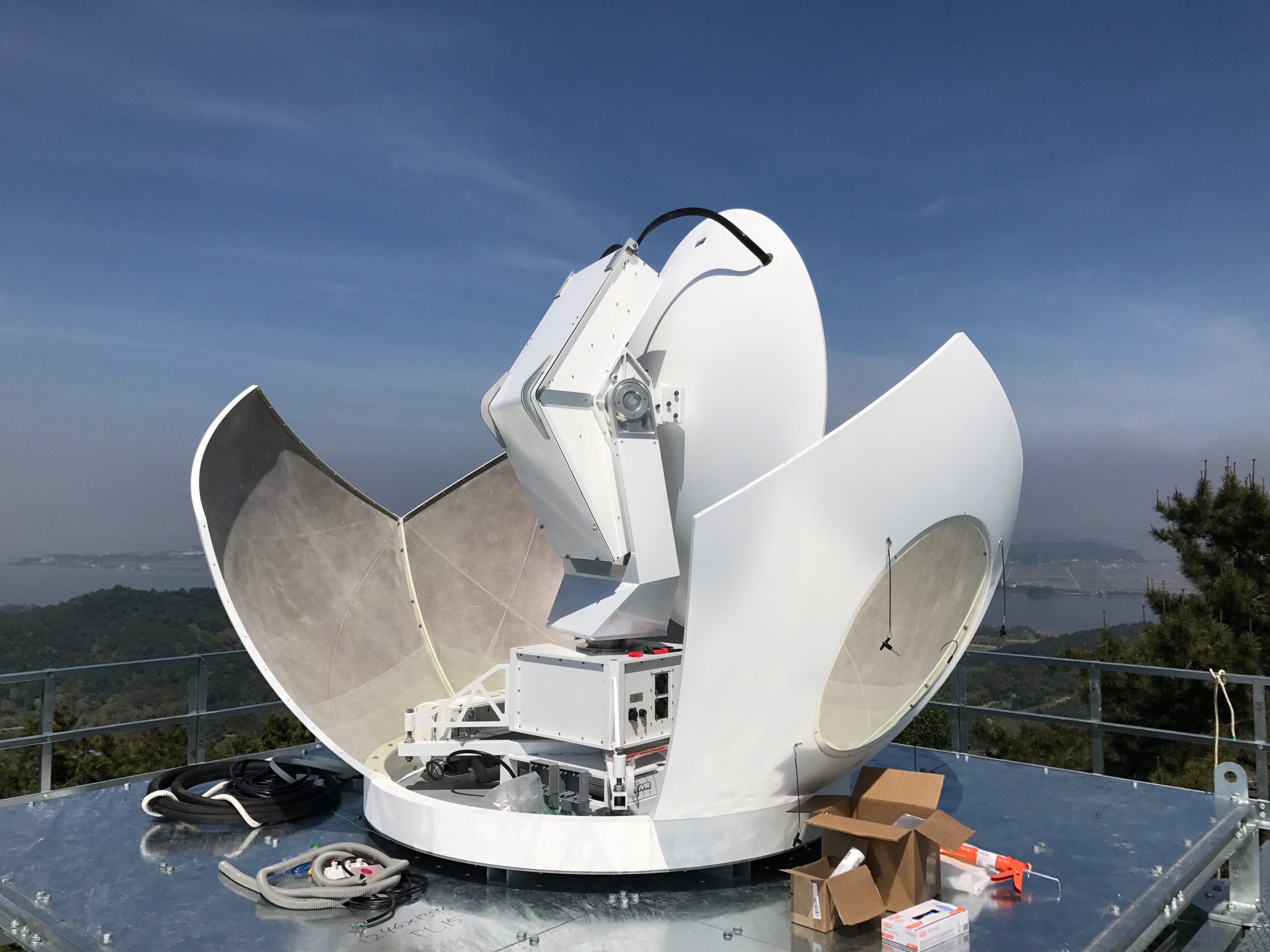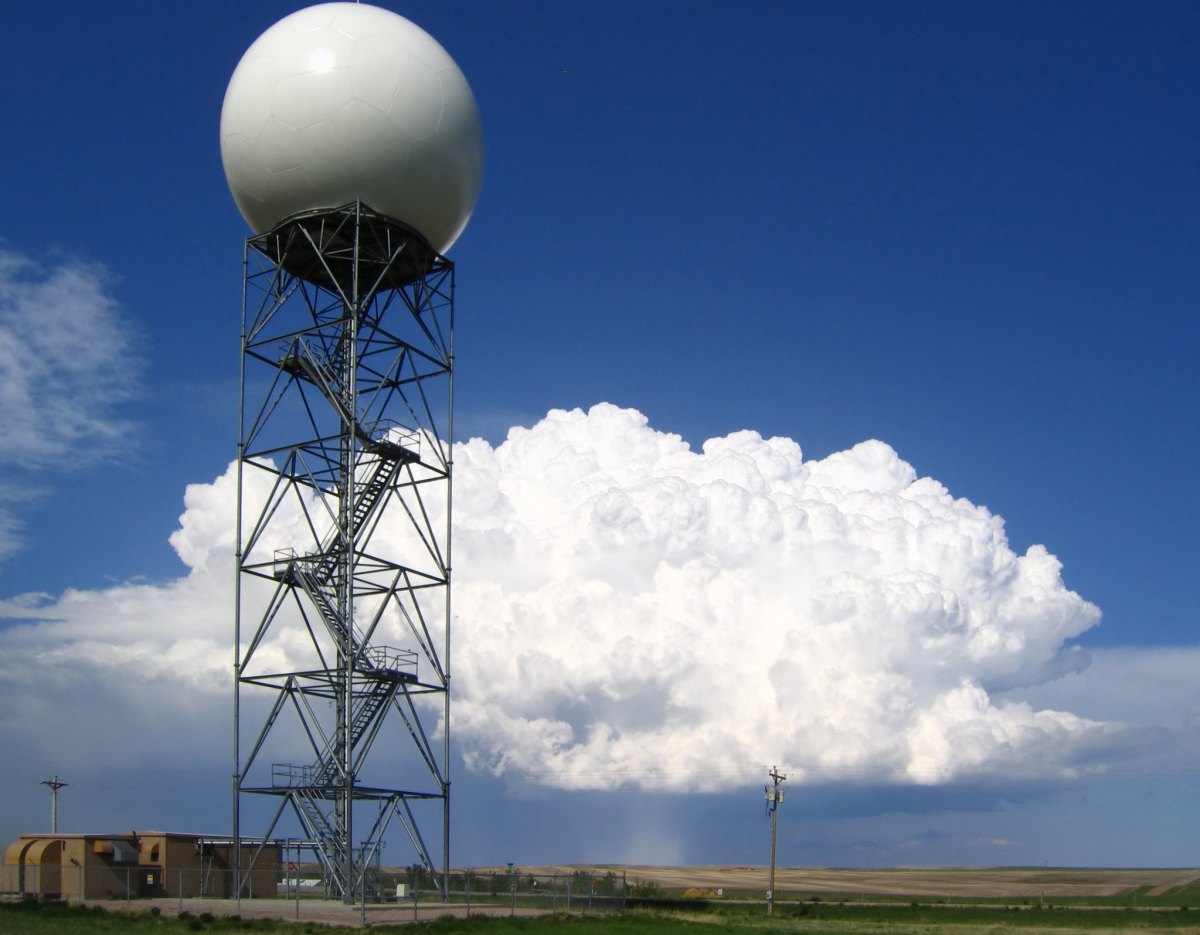Weather Radar Data Analysis

Weather radar data analysis is a critical component of weather forecasting and severe weather warnings. Radar data can be used to identify and track weather patterns, including precipitation, wind, and hail.
There are various methods used to analyze weather radar data. One common method is to use a reflectivity map, which shows the intensity of precipitation. Reflectivity values are measured in decibels (dBZ), and higher values indicate more intense precipitation. Radar data can also be used to create velocity maps, which show the speed and direction of wind. Velocity values are measured in knots, and positive values indicate wind blowing towards the radar, while negative values indicate wind blowing away from the radar.
Radar data is used in a variety of weather forecasting applications. For example, radar data can be used to track the movement of storms, identify areas of heavy precipitation, and issue severe weather warnings. Radar data is also used in climate research to study long-term trends in precipitation and wind patterns.
Identifying and Tracking Weather Patterns
Radar data can be used to identify and track a variety of weather patterns, including:
- Precipitation: Radar data can be used to identify and track areas of precipitation, such as rain, snow, and hail.
- Wind: Radar data can be used to identify and track areas of wind, such as wind shear and tornadoes.
- Hail: Radar data can be used to identify and track areas of hail, which can be a significant hazard to property and life.
Applications in Weather Forecasting and Severe Weather Warnings
Radar data is used in a variety of weather forecasting and severe weather warning applications, including:
- Tracking the movement of storms: Radar data can be used to track the movement of storms, such as hurricanes and tornadoes.
- Identifying areas of heavy precipitation: Radar data can be used to identify areas of heavy precipitation, such as thunderstorms and flash floods.
- Issuing severe weather warnings: Radar data can be used to issue severe weather warnings, such as tornado warnings and flood warnings.
Weather Radar Applications

Weather radar has found numerous applications in various fields, including aviation, hydrology, agriculture, and disaster response. It provides valuable real-time data and forecasts, enabling decision-makers to mitigate risks and enhance operational efficiency.
Aviation and Air Traffic Management
Weather radar is a crucial tool for aviation safety and air traffic management. It helps pilots and air traffic controllers detect and avoid hazardous weather conditions such as thunderstorms, hail, and turbulence. By providing real-time information on the location, intensity, and movement of weather systems, weather radar enables pilots to make informed decisions regarding flight routes and altitudes, ensuring the safety of passengers and crew.
Hydrology and Water Resource Management
Weather radar plays a vital role in hydrology and water resource management. It provides accurate estimates of precipitation, which is essential for understanding water availability, flood forecasting, and reservoir management. By monitoring rainfall patterns, weather radar helps water resource managers optimize water allocation, mitigate flood risks, and plan for droughts.
Agriculture and Disaster Response, Weather radar
Weather radar is extensively used in agriculture to monitor crop health and weather conditions that can affect crop yields. Farmers rely on weather radar data to make informed decisions about irrigation, fertilization, and pest control. Additionally, weather radar is crucial for disaster response efforts, providing early warnings for severe weather events such as tornadoes, hurricanes, and floods, enabling timely evacuations and damage mitigation.
Weather radar has evolved to provide real-time updates, allowing us to stay ahead of impending storms. For those in Tyler, Texas, tyler tx weather provides accurate forecasts and alerts, helping you plan your day with confidence. With weather radar, we can navigate the elements, ensuring safety and efficiency in our daily lives.
Weather radar, a vital tool for meteorologists, provides a detailed look at precipitation patterns. By scanning the atmosphere, it helps us track storms, predict rainfall, and understand weather dynamics. Want to know about the current conditions in Clarksville? Check out the latest clarksville weather updates for an accurate forecast.
Weather radar remains a crucial resource for monitoring weather patterns and ensuring community safety.